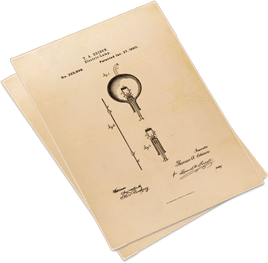Patent protection is a national matter, so that patent protection must be sought in each country in which patent protection is wanted. Public disclosure prior to filing the patent application severely limits the ability to gain patent protection outside the United States and Canada. Generally, an inventor in the United States who has not publicly disclose an invention has one year after the initial filing date of a U.S. patent application to file for patent protection in all other countries, including an application filed under the Patent Cooperation Treaty. The invention may be publicly disclosed thereafter, during the ensuing year, without negating the opportunity to seek patent protection outside the United States.
The year after the application’s filing is not a strict limit, however, but only applies when an invention is publicly disclosed after filing. In all other cases, as long as an invention has not been publicly disclosed, and the patent application has not been published, and the patent has not issued, an inventor may file for patent protection in any country, and, in general, the priority of the inventor’s claims is then usually determined in each country by the application filing date in each country, or by the filing date of an application under the Patent Cooperation Treaty naming one or more countries in which the inventor intends to seek patent protection. The filing of an application under the Patent Cooperation Treaty also extends the time in which each national application must be submitted in each of the named countries.


